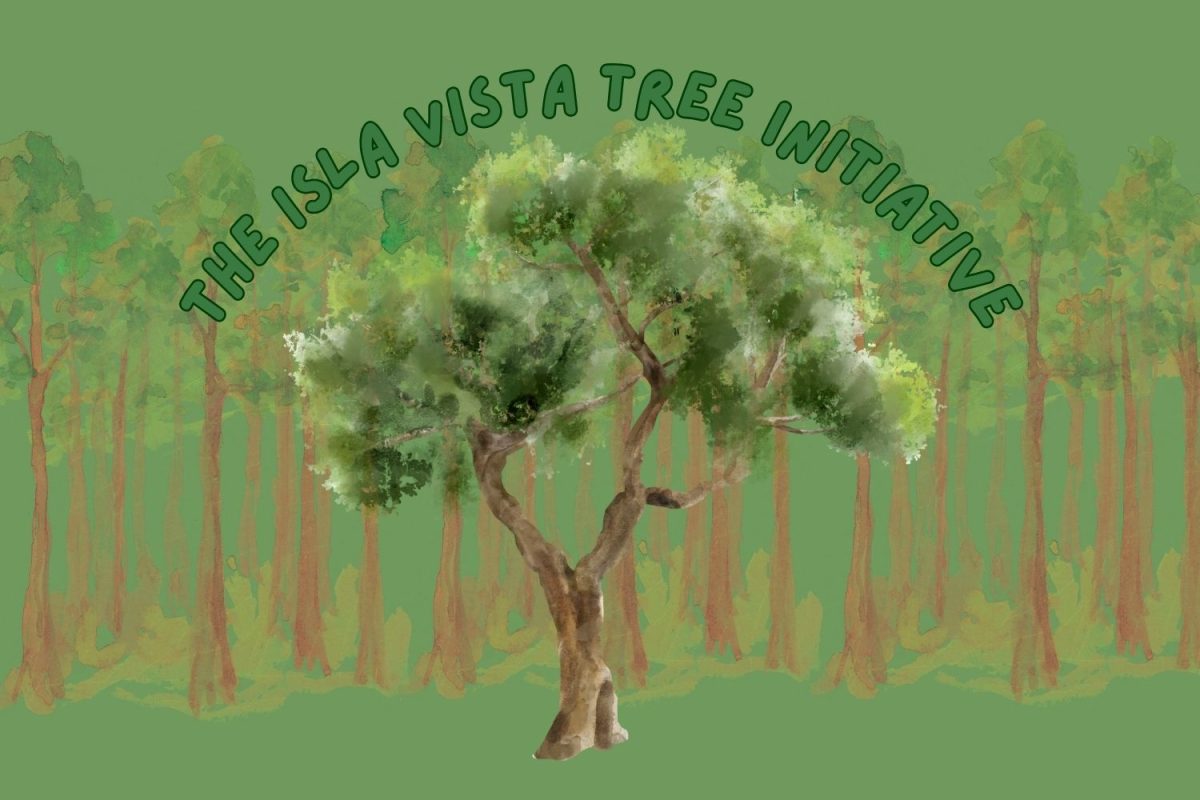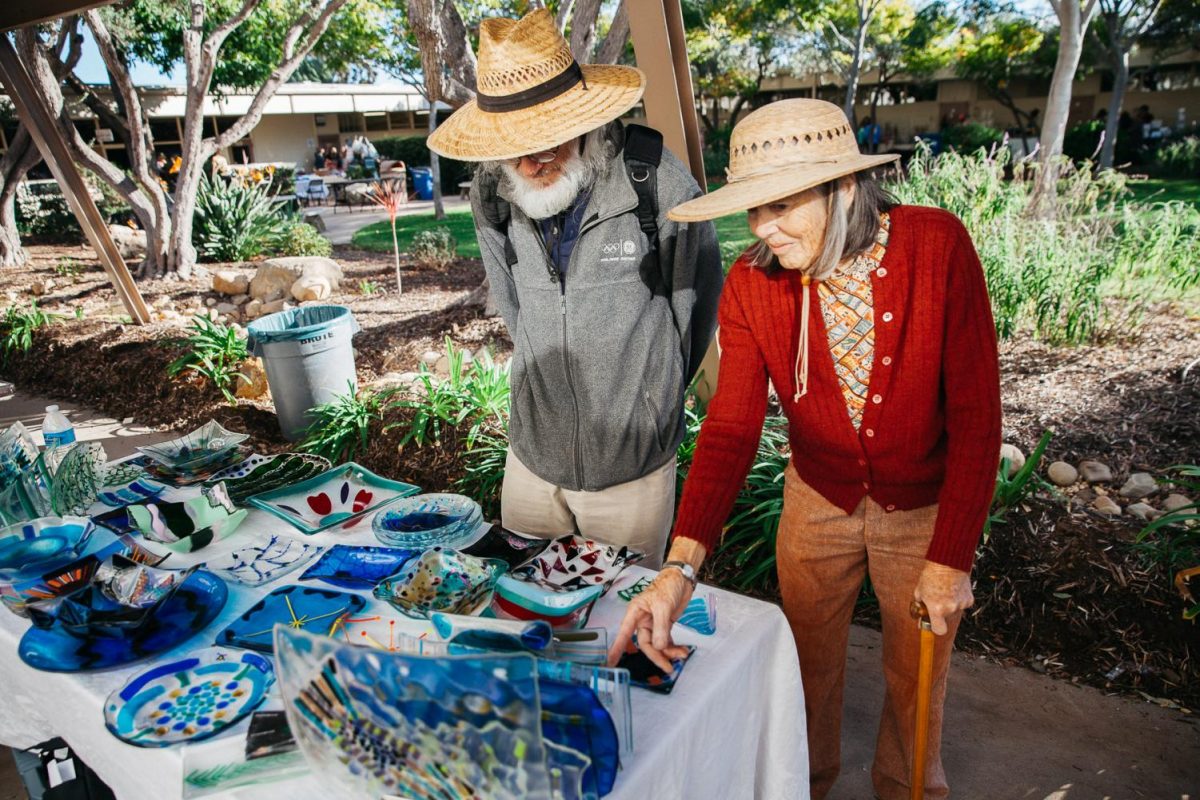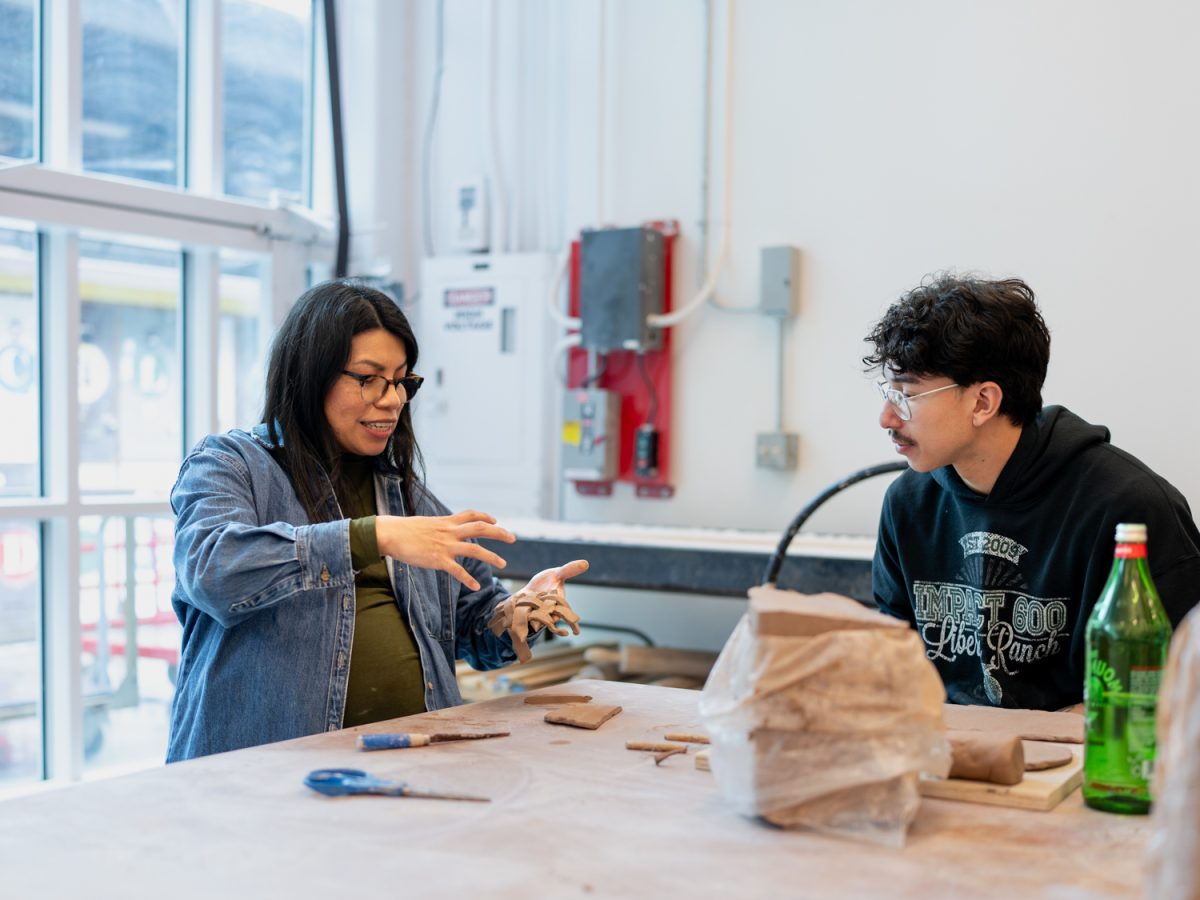In Isla Vista, crashing waves and ocean breezes collide with blue skies to create a community filled with outdoor activities, but there is one glaring problem, a lack of shade. That’s why the Isla Vista Community Service District (IVCSD) and Your Children’s Trees are working together to supply free trees for property owners.
“We have very low canopy coverage for the amount of people who are living in Isla Vista,” said Jenna Norton, public works and sustainability director for IVCSD. “Typically it’s low-income underrepresented communities that are lacking trees.”
The recommended tree canopy in communities is 25% to 30%, while Isla Vista’s tree canopy currently covers 15% of the surrounding neighborhoods. The pilot program kickstarted in March after receiving a $5,500 grant to distribute 50 15-gallon trees. The juvenile trees are sourced from local tree nurseries, depending on what tree the property owner is interested in.
The IVCSD supplies trees to residents, but they do not provide tree planting services. To assist homeowners, they partner with Your Children’s Trees, a local non-profit volunteer organization dedicated to planting and caring for trees, alongside certified arborist Kenneth Knight. Together these partners navigate property owners through the process of growing their trees.
“We are planning for the future, for the future generations,” Knight said. “ [Isla Vista is] getting hotter and drier and we need to have trees that are well adapted to changing environments.”
For the past 25 years, Knight has specialized in planting and caring for trees in the Santa Barbara community. He has planted trees at Dos Pueblos High School, San Marcos High School, Goleta Valley Junior High, and UCSB.
Knight walks property owners through the process of getting a tree.
He starts by conducting a thorough property assessment evaluating the conditions of the land, taking into consideration the soil, irrigation, and lighting. He then discusses potential tree options based on what appeals to the owner’s wants such as type of wood, size, and maintenance. Knight also ensures that trees don’t interfere with underground utilities or block power lines.
The Select a Tree database also helps property owners explore tree characteristics and appearances. Owners can select from a variety of trees including Coast Live Oak, Olive, and Western Sycamore.
“We have to make sure that the property owner loves the tree,” said Knight. “If they don’t love the tree, they’re not going to take care of it.”
Once the trees are planted it’s the owner’s responsibility to provide the proper maintenance which typically involves watering the tree for the first two years of its growth and after that, not much upkeep is required.
“They’re way less maintenance than a lawn,” said Norton. “That’s another benefit… it’s basically eliminating a large area of your lawn that you need to maintain.”
For property owners strategic tree placement can reduce energy costs, increase property value, provide natural privacy, and overall increase property value.
Each tree contributes to climate resilience. By providing shade, trees prevent asphalt and concrete from absorbing and radiating excessive heat. They also act as natural water management systems by collecting rainfall, which helps prevent flooding and stormwater runoff from entering storm drains.
“For example, say that your living room gets a lot of sunlight, you don’t even want to hang out there because it’s just so hot,” Norton said. “If you put a tree in front of your living room window it is going to provide shade and cool the space.”
Trees also create public spaces that are walkable and encourage people to be outside, particularly around schools
“[Trees] help improve learning not only during school but after school it is a place to learn and play,” said Knight.
Property owners interested in participating in the program can reach out directly to Norton or fill out a request form on their website. Norton and her team hope to distribute the trees by May and continue the program on a rolling basis.
“Ultimately they’re going to create a much healthier, safer environment,” said Norton.















